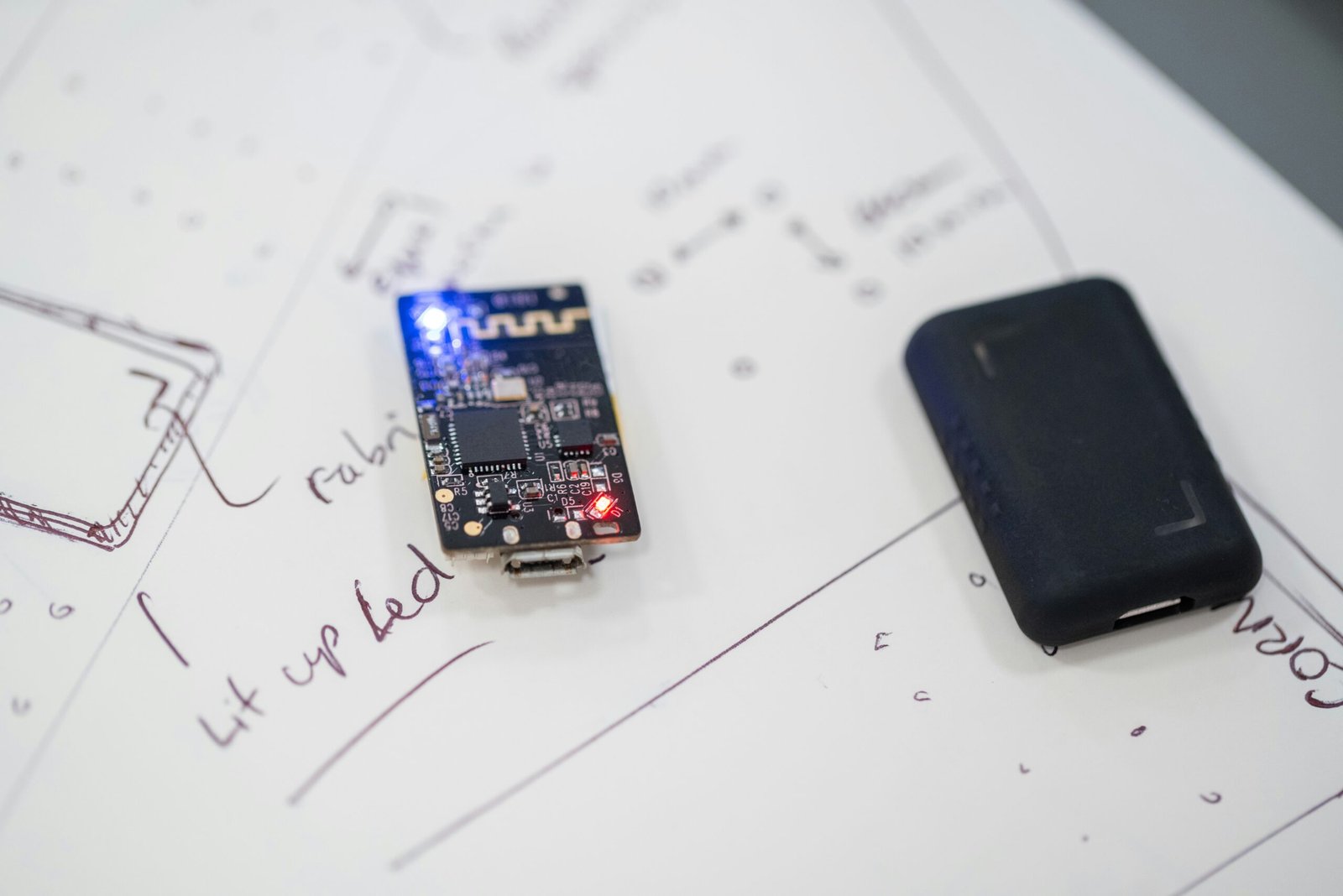LLMs in EDA: Designing Chips with Language Models
In 2025, Language Models aren’t just writing code—they’re co-designing silicon. From RTL generation to verification, LLMs are transforming Electronic Design Automation (EDA) workflows with speed, accuracy, and intelligence that’s redefining how chips are built.
🧩 What is EDA, and Why Does It Matter?
Electronic Design Automation (EDA) refers to the suite of tools used to design, verify, and test integrated circuits (ICs), chips, and system-on-chips (SoCs).
Traditionally, EDA involves:
- HDL (Hardware Description Language) programming (e.g. Verilog, VHDL)
- Synthesis (translating code to gate-level logic)
- Place & Route (mapping gates onto chip layout)
- Verification & Validation
- Simulation & Timing analysis
These are highly complex, error-prone, and expensive processes requiring deep domain expertise.
🤖 Enter LLMs: A New Era for Chip Design
Large Language Models like GPT-4, Claude, and Gemini are now being fine-tuned or integrated into EDA workflows for:
| Task | LLM Role |
|---|---|
| 🧬 HDL generation | Generate Verilog/VHDL from natural language or high-level specs |
| 🧪 Formal verification | Suggest assertions and testbenches |
| 🧠 RTL refactoring | Optimize, simplify or comment legacy RTL code |
| 📏 Floorplanning assistance | Provide placement heuristics or interpret constraints |
| 💬 Design documentation | Generate specs, summaries, comments automatically |
| 🤝 EDA tool scripting | Auto-write TCL scripts, Python hooks for tools like Synopsys, Cadence |
🔍 Use Case 1: Generating RTL from Natural Language
Prompt:
“Design a 4-bit synchronous up-counter with reset in Verilog.”
LLM Output (GPT-4):
verilogCopyEditmodule up_counter (
input clk,
input reset,
output reg [3:0] count
);
always @(posedge clk or posedge reset) begin
if (reset)
count <= 4'b0000;
else
count <= count + 1;
end
endmodule
🔍 Use Case 2: Bug Hunting & Testbench Creation
LLMs can:
- Auto-create assertions to verify conditions
- Generate SystemVerilog testbenches
- Simulate corner cases from spec interpretation
This dramatically reduces verification time, which can consume 50–70% of total chip development effort.
🔍 Use Case 3: Interfacing with EDA Tools
LLMs can help:
- Generate TCL commands for Synopsys/Primetime
- Write Python automation for Cadence workflows
- Extract meaningful insights from timing reports
- Detect layout violations or suggest fixes (using tool API outputs)
Combined with agentic AI, these models can soon:
- Run tools
- Parse results
- Suggest next steps autonomously
⚡ Current Limitations
| Challenge | Notes |
|---|---|
| ❌ Lack of deep domain logic | LLMs struggle with advanced async logic or multi-clock domains |
| 📉 Accuracy risk | Hallucinated HDL can produce subtle, dangerous bugs |
| ⚠️ Tool-specific quirks | EDA tools often have proprietary behaviors and file formats |
| 🔐 Data sensitivity | Models need secure environments for handling IPs and designs |
| 🧠 Limited contextual memory | Complex chip designs span multiple files/modules beyond current LLM context limits |
🛠️ Who’s Leading the LLM+EDA Frontier?
| Company | Contribution |
|---|---|
| Synopsys | Integrating LLMs for RTL analysis & debug |
| Cadence | Generative-AI assistants in custom IC design |
| Using internal LLMs to improve TPU design cycles | |
| Intel | Auto-generating hardware IP libraries with LLM pipelines |
| Tenstorrent / SambaNova | Using LLMs for hardware/software co-optimization |
| Open-source | Projects like EDA-GPT and HDL-generating copilots emerging on GitHub |
🔮 The Future: LLMs as Silicon Architects?
By 2027, expect:
- Full-stack EDA copilots that understand everything from spec to layout
- Design agents that coordinate RTL, layout, simulation, and testbench cycles
- Simulation-integrated LLMs that read waveform outputs and suggest logic fixes
- Prompt-native chip design, where users describe a function and the AI builds HDL, constraints, docs, and tests
✅ TL;DR – LLMs in EDA
| Aspect | Summary |
|---|---|
| What | Use of large language models to generate, verify, and automate chip design |
| Why it matters | Speeds up RTL writing, reduces verification time, lowers entry barrier |
| Use Cases | HDL generation, testbenches, scripting, floorplanning, documentation |
| Challenges | Accuracy, security, multi-file context, deep logic understanding |
| Future | Agentic AI for end-to-end chip design pipelines |
📣 Final Thoughts: A New Silicon Renaissance
With LLMs entering the EDA ecosystem, we’re seeing a convergence of natural language and hardware logic.
- Chip designers can now speak to silicon
- EDA workflows are becoming smarter and faster
- And hardware innovation is no longer gated by steep syntax learning curves








